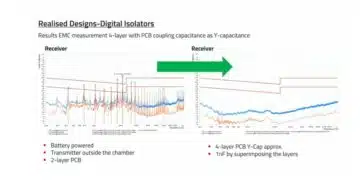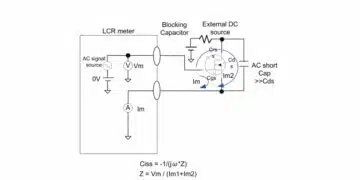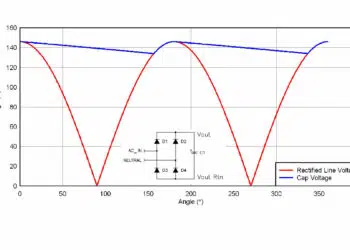Copper alloys are commonly divided into several categories depending on the alloying element(s) and the amount of alloying. The dominant strengthening mechanism varies according to the same parameters as noted above.
Some general comments on the alloy families, based on categories used by the Copper Development Association, follow. The discussion is general due to the process dependence of mechanical properties. Alloy data should be obtained from the manufacturers.
Coppers: Coppers are a minimum of 99.3 percent copper. They are high conductivity alloys, greater than 80 percent IACS, with varying strength levels and stress relaxation resistance depending on the alloying elements. Principal alloying elements are phosphorus, magnesium and zirconium. DSP hardening is realized by copper-zirconium and magnesium-phosphorus particles.
High Coppers: High coppers are a minimum of 96 percent copper. Principal alloying elements include beryllium, chromium, cobalt, magnesium and iron. The beryllium alloys are PH strengthened. They have the highest strength, best stress relaxation resistance and lowest conductivities of the high coppers. The others are DSP strengthened by phosphide intermetallic compounds. They include a range of mechanical properties due to their different responses to second phase strengthening, moderate to good stress relaxation resistance and moderate conductivities.
Brasses: Brasses are copper/zinc alloys. Cartridge brass, 30 percent zinc, is the most highly alloyed connector material. Brass is unusual in that the addition of zinc to copper has a much lower effect on conductivity than any other alloying element, the conductivity of cartridge brass is 28 percent IACS. Brasses have moderate strength, stress relaxation resistance and conductivity.
There are two categories of modified brasses. Tin brasses use the alloy strengthening of tin to realize higher strength levels with lower work hardening which enhances the formability and stress relaxation resistance of the alloy.
The second category uses DSP hardening through additions of iron, cobalt, aluminum and silicon. Depending on the alloy, grain refinement, enhanced work hardening response, or combinations of both, provide additional strength for a given amount of cold working.
Bronzes: Classic bronzes are copper-tin alloys with the tin providing strong alloy hardening and enhanced cold working response. Tin additions dramatically reduce conductivity with the commonly used 5 and 8 percent tin alloys being less than 20 percent IACS. These alloys are commonly called phosphor bronzes because of the residual phosphorus from the deoxidizing process remaining in the alloy. Bronzes have high strength capability and good stress relaxation resistance. Modified bronzes using copper-aluminum and copper-silicon base alloys are also used.
Copper-nickel-silicon: Copper-nickel-silicon alloys having a combination of high strength, good stress relaxation resistance and moderate conductivity have been developed recently and are seeing increasing use in automotive applications.


































